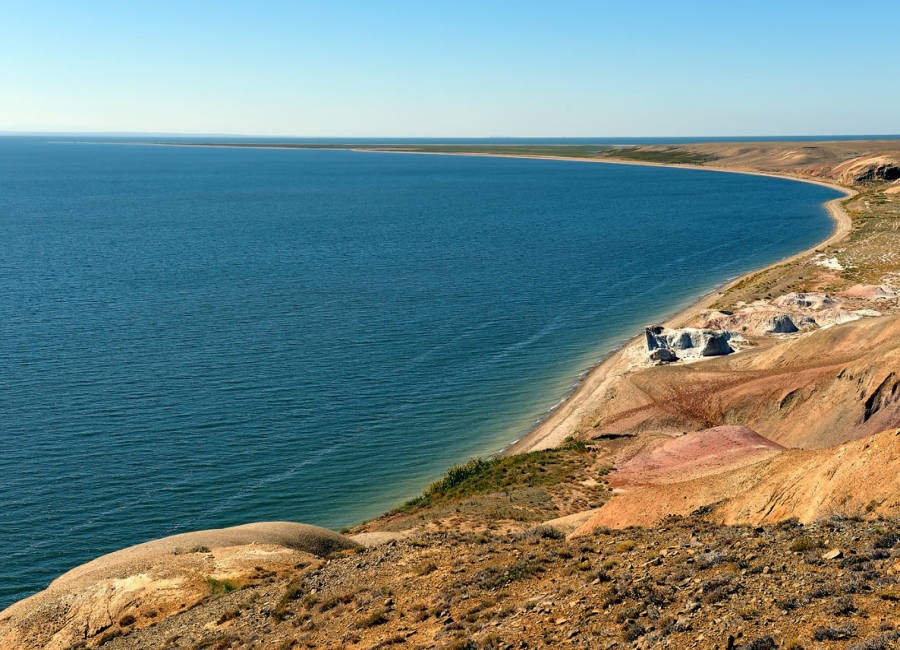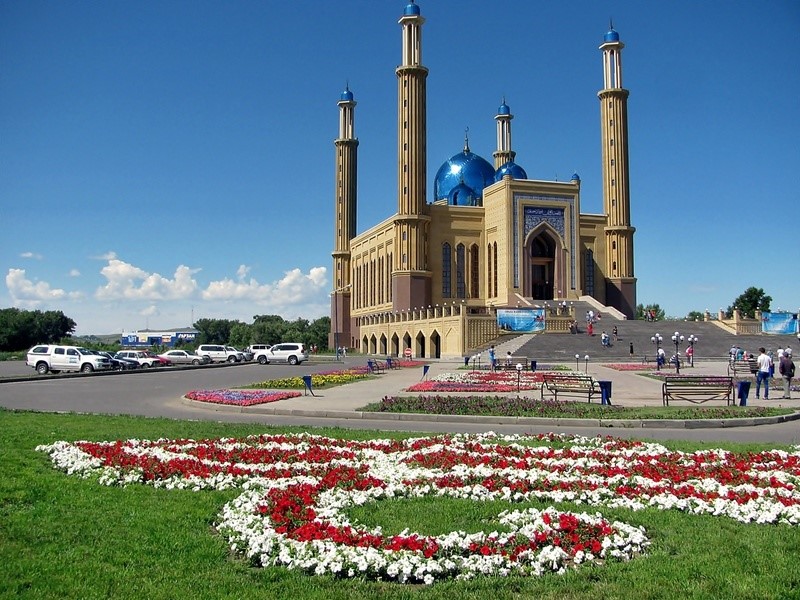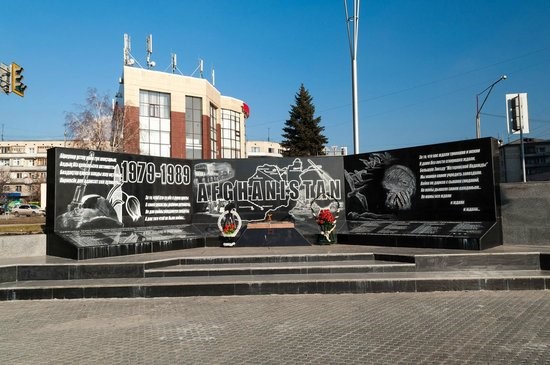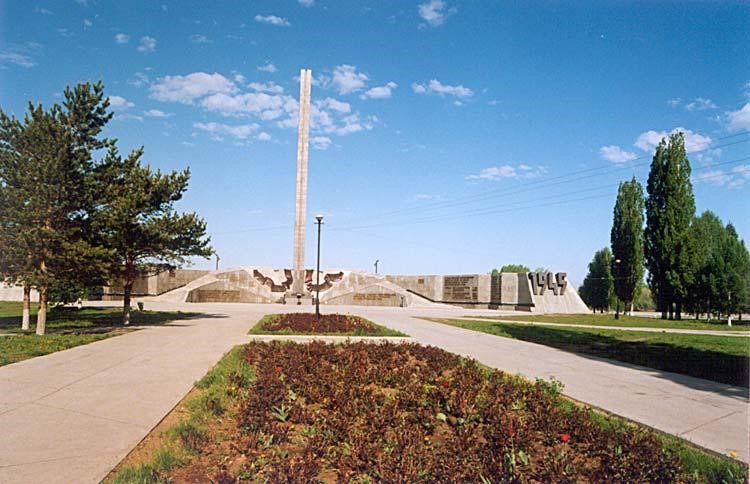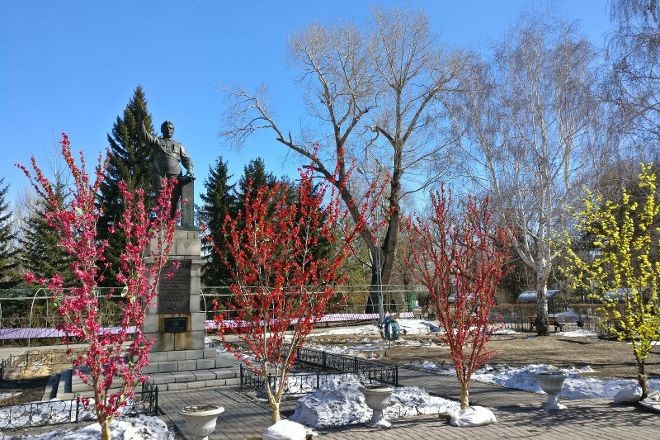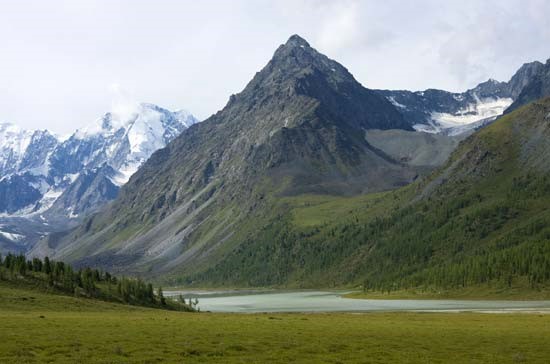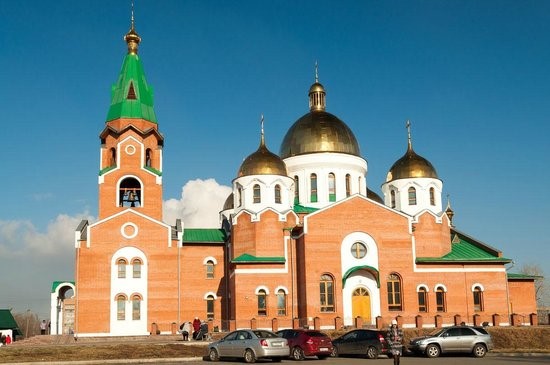Lake Zaysan is a freshwater lake, ca. 1,810 km2 (700 mi2), in eastern Kazakhstan, in a hollow between the Altai and the Tarbagatai Mountains. It is the largest lake in the East Kazakhstan Region.
The lake lies at an altitude of 420 m, is 105 km long and 22–48 km wide, with a maximum depth of 15 m. Its major tributaries are the Kara Ertis (Black Ertis) and Kendyrlyk from the east; its only outlet is the Ertis River (or White Ertis). The lake is generally frozen from the beginning of November to the end of April, but still has an abundance of fish. Since the construction of the Bukhtarma dam on the Ertis downstream from the Zaysan, the lake has risen 6 m (20 ft) above its natural level. As the result, the area of lake essentially increased (nearly doubled: from about 1,800 km2 to 3,500 km2, or even to 5,000 km2), thus, in some sources the lake is indicated as part of an artificial reservoir.
The lake has existed since the late Cretaceous Period. Commonly, Lake Baikal is considered to be the oldest lake on the planet (about 25 million years). The approximate duration of Cretaceous Period is from 136 to 65 million years before present, and, hence, if the Lake Zaysan existed from "the late Cretaceous Period", that means Zaysan must be older than 65 million years, and is the oldest lake on the planet, nearly three times older than Baikal. The direct indication of the Lake Zaysan's age is difficult to find, although some geological studies of the Zaysan Basin have been reviewed. Artificial reservoirs cover large surrounding areas. Modern geological analysis of the entire field, apparently, supports an exceptionally old age for Lake Zaysan.




